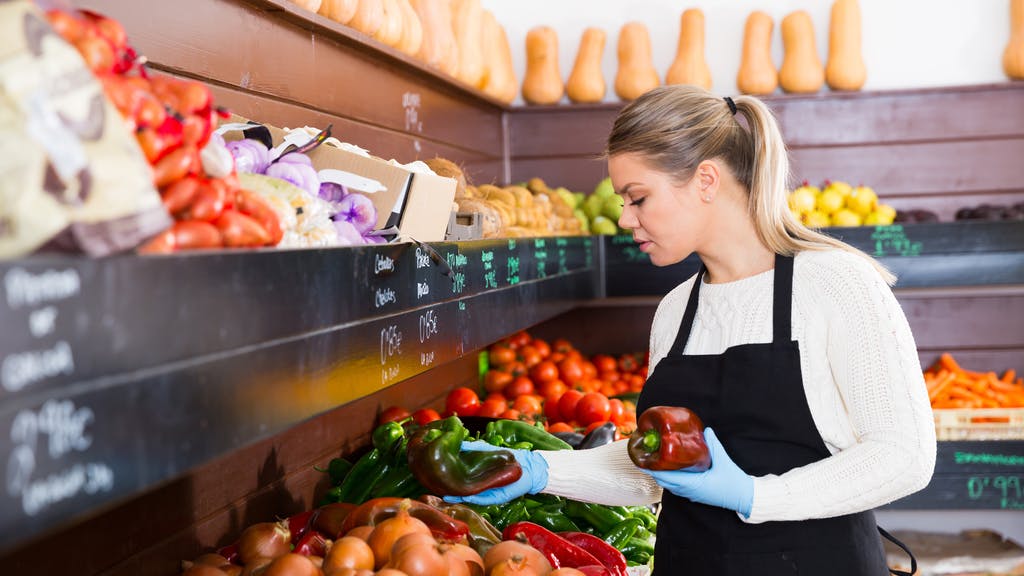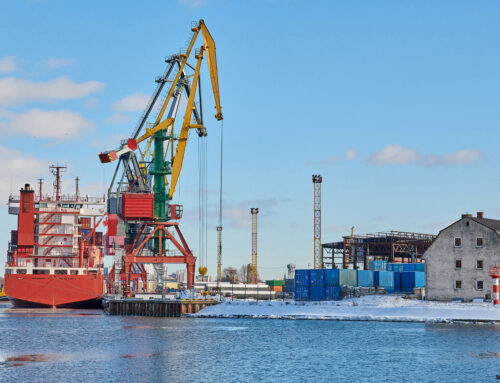Focusing on a diversified supply chain, understanding how to optimize logistics and investing in stock can help businesses stay afloat in this volatile climate.
Renewed lockdowns are placing increased pressure on supply chains and no industry is safe. From congested ports to labor and raw material shortages, the food industry has been faced with challenges. As our favorite foods are becoming harder to source (think cream cheese), prices are on the rise. America’s small and medium food businesses are facing significant disruptions with no end in sight.
The food industry is on the front lines, distributing goods to consumers throughout the pandemic. Facing real threats, the industry has delivered, making certain that food has been available for local communities, even as raw material and labor scarcities continue.
So, how can those in the food industry navigate the current supply chain crisis in the months ahead?
Expand your supply chain
The current crisis has taught us that we can no longer rely on a single source or port of entry. Look no farther than the congestion at the Los Angeles ports; importers who diversified their logistics have emerged as winners. Only now are we seeing material delays on the East Coast, but they pale in comparison. Consider shipping to ports such as Panama City and Houston instead of Los Angeles, given their availability. Customers are tired of waiting and reliability and speed are more important than ever. Onboard plants in closer proximity, such as Mexico and South America, in lieu of China and Southeast Asia. The tenfold increase in ocean freight from Asia has closed the price gap enough that customers will pay the premium for near-term deliveries. Turning to new supply chains in Mexico and South America isn’t necessarily reinventing the wheel, but their newfound benefits for U.S. trade shouldn’t be overlooked moving forward.
Optimize logistics
There’s no doubt the pandemic impacted consumer behavior, as we are an increasingly consumption economy. Rather than events or experiences, consumers are focusing their spending on products and food. Between an increase in consumer demand, scarcity of containers, labor shortages and congested ports, the supply chain is struggling to keep pace. The result? Businesses are struggling to keep their shelves stocked and their consumers happy.
To combat this, food industry businesses need to dig deep into the logistics of their business. Pre-pandemic, business owners could go years without re-evaluating their supply chains. Now, current drayage costs, shipping, labor and storage costs are enormous. Business owners must limit the number of people that touch their goods and eliminate wasted space on trucks. Mastering and optimizing every link of supply and thinking critically about streamlining it must become standard operating procedure for the industry.
Prioritize stock
As shipping delays continue, having stock will make or break a business. In today’s market, there’s no patience for promises of the future. Every sale that is lost is a potential customer lost for good. Each sale captured could mean a newly found life-long customer. In today’s food industry, market share is up for grabs.
Stock is king. The current inflationary pressures are here to stay, and so is the consumer demand. Planning ahead for these challenges is one of the best ways to ensure a successful business. Customers want goods immediately and are willing to pay the price. A planning strategy requires more thought than a carefully selected order or factory. Consider which shipping lines should be utilized, which ports should be sailed to, where goods should be warehoused and so on; this is the difference between coming up short or capitalizing on a career altering opportunity. Supply has become a game of high-speed chess.
Supply chain disruptions are threatening our favorite foods. However, focusing on a diversified supply chain, understanding how to optimize logistics and investing in stock can help businesses stay afloat in this volatile climate.







